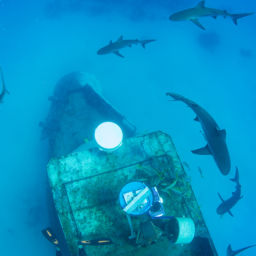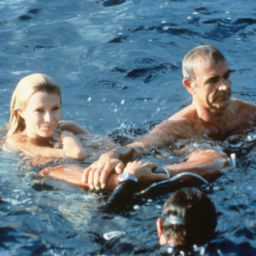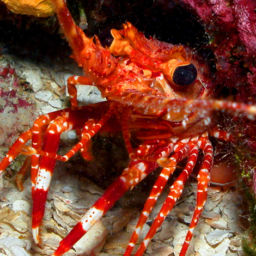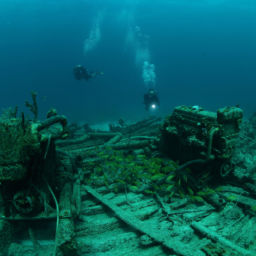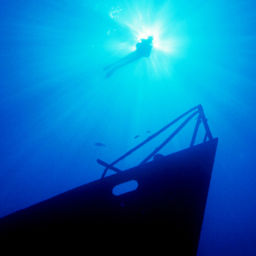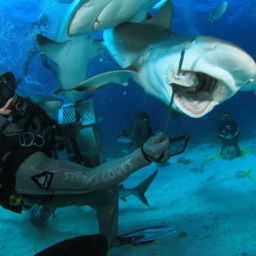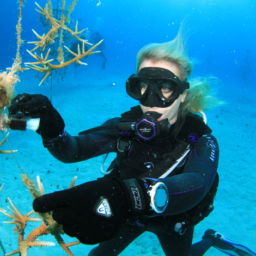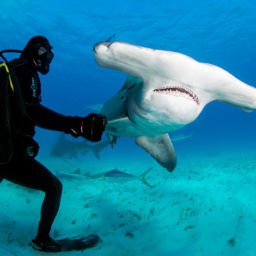The Abu Nuhas reef in the Red Sea is a little piece of heaven for wreck divers. Also known as the “wreck eater,” or the “scrap yard” because of the many ships that have struck the reef and sunk here over the years, the reef really lives up to its name. One of these wrecks is the Chrisoula K or, as it’s also known, the Tile Wreck, due to a cargo of Italian tiles onboard when it went down, which can still be seen in and around the wreck.
What’s in a name?
Of all the wrecks that found their final resting place on Abu Nuhas (four diveable wrecks, but more are in the depths nearby), the Chrisoula K sparks the most debate. Identifying wrecks can be a tricky business in the best of circumstances, but it’s all the more difficult with this particular wreck. In the absence of an identifiable name on the hull or elsewhere, divers are left to estimate a ship’s identity based on size, age, construction, cargo and whatever else they can make out from the remains of a ship. The problem with this wreck is that not just one, but two, cargo ships of more or less the same size and age sank here, the Chrisoula K and the Marcus, and to complicate matters even further, they were both — improbably — carrying a cargo of Italian tile. The Marcus went down a few years earlier than the Chrisoula K, and there was one unlucky sailor who — again, improbably — was aboard both ships when they wrecked.
Without any markers to confirm the ship’s final identity, the debate has been raging for years about which of the two wrecks it is. More recent attempts at identification have indicated that the two wrecks may in fact be sitting on top of each other, with pieces of both mixed together, adding to the confusion. For my part, I’m staying out of the debate, and choosing to follow Shakespeare’s lead by saying that “a wreck of any other name makes just as beautiful a dive.” And the Tile Wreck is certainly that.
Diving the Tile Wreck
The wreck sits at a maximum depth of some 100 feet (30m), but the majority of the dive will be spent at shallower depths, as the wreck is in fairly good condition. The engine room allows for excellent penetration diving, but should only be attempted by the experienced wreck diver. The large, semi-open cargo space allows for great swim-throughs, where you can see the ship’s cargo of Italian floor tiles, some of them still neatly stacked. The superstructure is covered in both hard and soft corals, and has considerable marine life.
All diving is done by boat, and the most common approach is from liveaboards that will typically launch Zodiacs from the inside of the reef and deploy divers via the surface buoy attached to the wreck. From there, it is simply a matter of following the line down and making your way around it. The depths, which range from about 60 feet to a bit beyond 100, allow for a nice, long multilevel dive before returning to the line for your ascent and safety stop.



